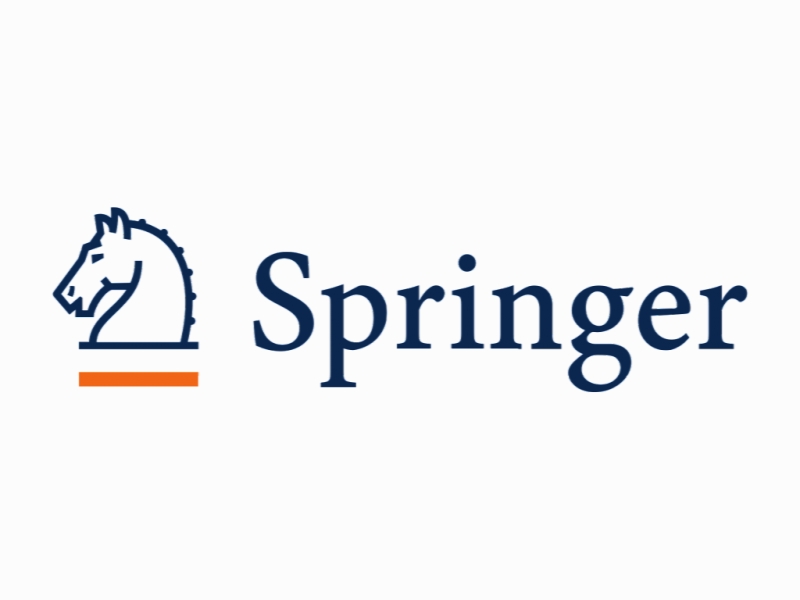روابط بین فرهنگ سازمانی، اشتراک دانش و قابلیت نوآوری: مطالعه موردی صنعت خودرو در تایوان Relationships among organizational culture, knowledge sharing, and innovation capability: a case of the automobile industry in Taiwan
- نوع فایل : کتاب
- زبان : انگلیسی
- ناشر : Springer
- چاپ و سال / کشور: 2018
توضیحات
رشته های مرتبط روانشناسی، مدیریت
گرایش های مرتبط مدیریت دانش، روانشناسی صنعتی و سازمانی
مجله تحقیق و تمرین مدیریت دانش – Knowledge Management Research & Practice
دانشگاه Leisure Business Management – Delin Institute of Technology – ROC
منتشر شده در نشریه اسپرینگر
کلمات کلیدی انگلیسی Organizational culture, Inowledge sharing, Innovation capability, Structural equation modeling, (SEM) Automobile
گرایش های مرتبط مدیریت دانش، روانشناسی صنعتی و سازمانی
مجله تحقیق و تمرین مدیریت دانش – Knowledge Management Research & Practice
دانشگاه Leisure Business Management – Delin Institute of Technology – ROC
منتشر شده در نشریه اسپرینگر
کلمات کلیدی انگلیسی Organizational culture, Inowledge sharing, Innovation capability, Structural equation modeling, (SEM) Automobile
Description
Introduction Undoubtedly the advancement of automobiles (thereinafter auto) during these decades has directly influenced society in many ways and radically changed the way people live all over the world (Shatouri et al. 2012). It provides jobs for millions of people, generates billions of dollars in worldwide revenues, and provides the basis for a multitude of related service and support industries. The auto has enabled people to travel and transport goods farther and faster, and has opened wider market areas for business and commerce (Sirajudeen et al. 2012). Therefore, the auto now has become the most popular conveyance in people’s daily living, such as shopping, traveling, and working. Importantly, it also shortens the distance between cities, thereby providing people more convenience. Moreover, no matter in a developing country or a developed country, the auto industry represents the level of a country’s industrial skill and is often seen as the chief industry which could push forward the development of related industries. ‘‘Respect perfect & Pursue excellence’’ is the belief of the auto industry. From strategic management perspective, an organization today needs to be equipped with responsiveness and adaptability. An organization of good performance mostly results from its responsiveness and adaptability to the environment while a competitive environment requires an organization to pursue more complex dimensions of performance, most notably quality and innovation (Bolwijn and Kumpe 1990). Based on the ESP (i.e., environment–strategy–performance) model, Prajogo and Sohal (2001, 2006a, b) highlight the vital role of TQM for creating an innovative environment while a successful implementation of TQM depends on the prevailing culture of the organization. Ooi et al. (2012) suggested that implementing TQM practices successfully can build competitive knowledge sharing (thereinafter KS) competencies. Capacity for innovation of employees can be considered an invaluable resource to organization. Most importantly, in an organizational culture (thereinafter OC) all values, beliefs, and norms guiding the human resources and financial and technological ones are intended to achieve the objectives set (Isac and Tomescu 2013). OC is a main element for promoting an innovative environment. The OC represents the process the way things are done (Joseph and Dai 2009, p. 243).


